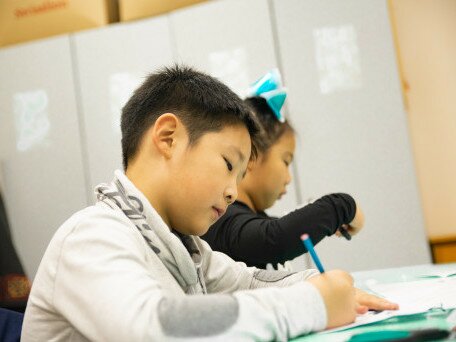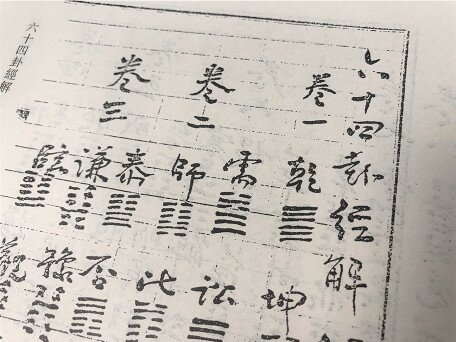Orthographic learning in first and second languages: Re-thinking and re-evaluating the Self-Teaching Hypothesis with evidence from Chinese-English bilingual children
- Project Scheme:
- General Research Fund
- Project Year:
- 2024/25
- Project Leader:
- Dr Li, Yixun
- (Department of Early Childhood Education)

The findings will potentially make significant contributions to our better understanding of the critical mechanisms underlying literacy development across languages, which will lead to implications for effective reading instruction in a biliterate context.
The proposed study seeks to advance the scientific understanding of how biliterate children acquire robust written word knowledge in two languages through independent text reading. One of the most influential theories in explaining children’s written word learning is the Self-Teaching Hypothesis (Share, 1995), which emphasizes the centrality of phonological recoding (print-sound translation) in written word learning. The Self-Teaching Hypothesis has received abundant empirical support across writing systems, including in English and Chinese; however, the original hypothesis did not consider biliterate context, and existing empirical studies, including those done by the PI, have focused on either first- or second-language learning. In the age of multilingualism, most of the world’s population is bilingual, and many children learn to read more than one language early in their lives. In particular, most children in Hong Kong start learning to read in Chinese as the L1 and English as an L2 in the first year of kindergarten, and 88% of primary schoolers can read and write Chinese and English (HK Census and Statistics Department, 2021). Thus, a refinement of the Self-Teaching Hypothesis in biliterate word learning is urgent for theoretical development and educational implications. To this aim, this project is among the first to test the hypothesis in biliterate children who learn to read in both non-alphabetic (Chinese) and alphabetic (English) writing systems. Chinese and English are thought to be the most typographically distant language pair, and importantly, phonological recoding works differently in English and Chinese. Children can rely on grapheme-phoneme correspondence rules (GPC rules) in English to pronounce novel words, but reliable GPC rules do not exist in the Chinese writing system. Therefore, while the PI’s pilot work on Grade 2 children in Hong Kong supports the feasibility of them achieving Chinese-English biliterate self-teaching, it is not intuitive to unpack how they self-teach in both languages. The proposed work will conduct three studies to clarify the children’s development of biliterate self-teaching. The overarching aim is to uncover the underlying mechanisms by which Chinese-English biliterate children self-teach in this linguistically distant language pair (Studies 1 and 2) and how their ability to self-teach in one language predicts that in the other longitudinally (Study 3). The findings will potentially make significant contributions to our better understanding of the critical mechanisms underlying literacy development across languages, which will lead to implications for effective reading instruction in a biliterate context.








